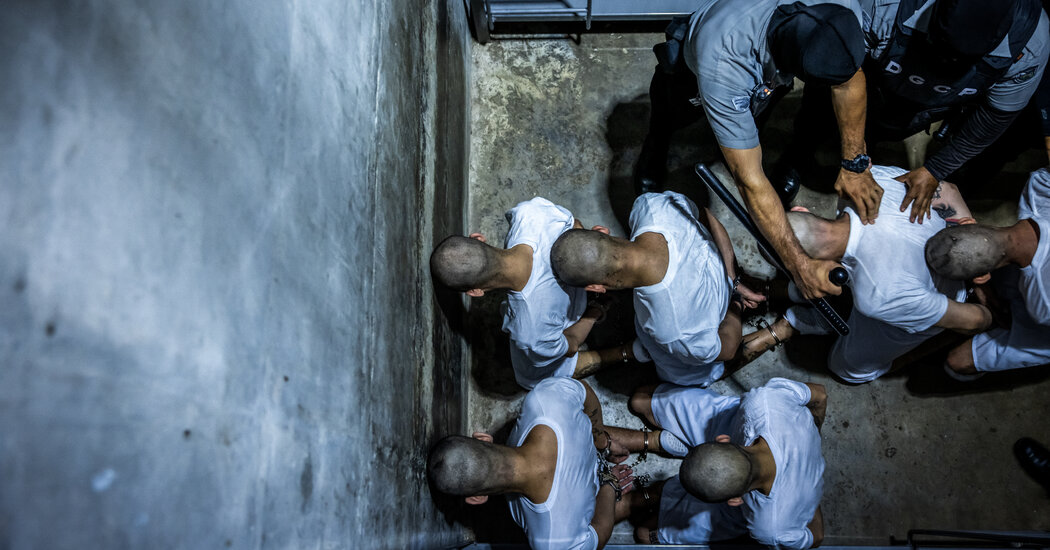The two women are a coil of contradictions: Roman but also Greek, flesh but also stone. They both are confident, blessed with the poise of the noble and famous, yet also slightly shy. As if, after centuries of gazes, they can only appear before us slightly abashed. As if they know there is such a thing as too much beauty.
One of them is gazing down,
and one of them is gazing up.
“They stand before us like real human beings,” as the art historian Ernst Gombrich once wrote about classical sculpture, “and yet as beings from a different, better world.”
The younger of these two women is known to historians as the “fanciulla di Vulci”: a girl, or maiden, from one of the richest archaeological sites in Italy. Sculpted in the mid-first century B.C., the last years of the Roman Republic, she was pulled from the ground in the latter part of the 19th century.
Her braided hair, pulled tightly around her head, remains bound in a large circular knot:













